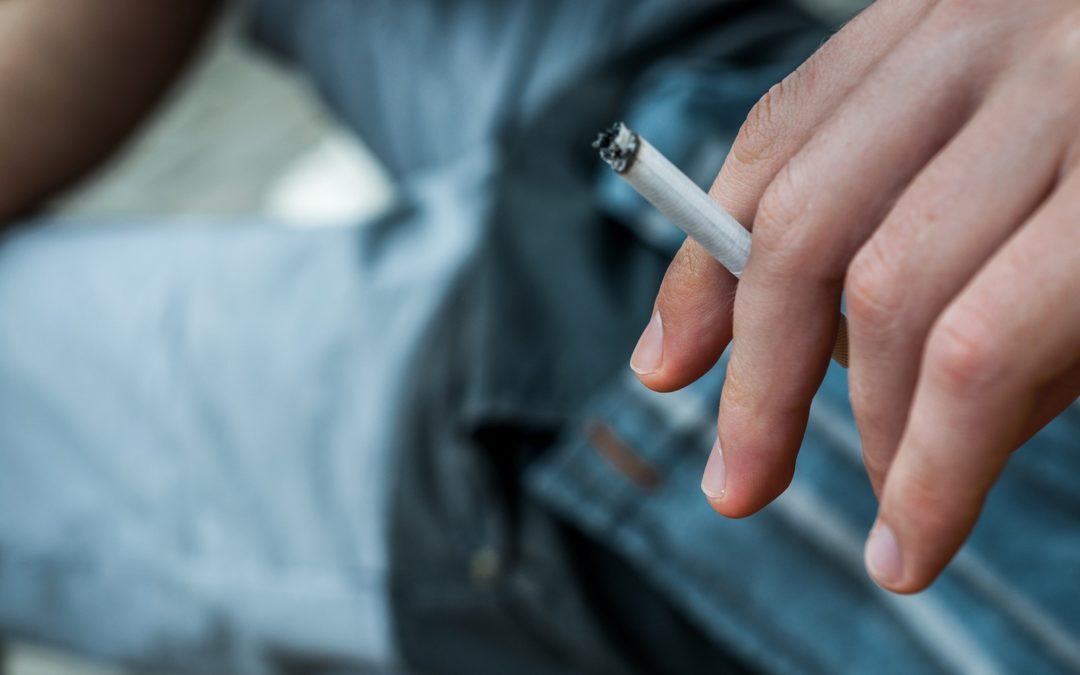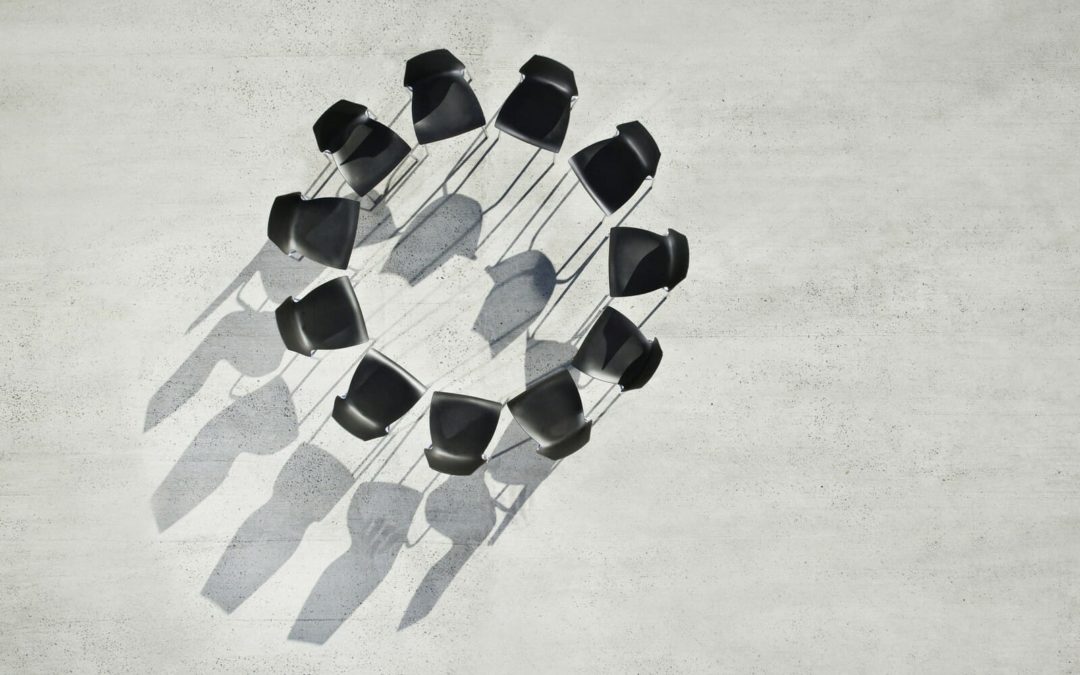High school is a critical time for teenagers because high school is where many teens encounter drugs and alcohol for the first time. The latest statistics on substance use among teens offer parents vital information to protect and help their children regarding this danger.
Effects and Realities of Drug Use in High School
Drug use during high school often leads to a higher risk of social problems, criminal activity, mental health problems, physical health issues, and academic difficulties.
Despite the risks, many adolescents find themselves susceptible to drug use.
- Nearly 20 percent of teens encounter drug use on school premises.
- To deal with academic pressures, research shows about 35.3% of all students use Adderall, Ritalin, or dextroamphetamine without a prescription to aid their studying habits.
- 24.6% of 14- to 15-year-olds report engaging in underage drinking due to peer pressure, stress, and newly found independence.
- Despite the high stakes, teenage brains tend to disregard the problematic aspects of their behavior in favor of the rewards. So the so-called short-term pleasures of substance are very tempting to an adolescent mind.
Learn the Risks and Be Proactive
More than ever, parental guidance plays a vital role in helping adolescents make sound decisions regarding substance use. According to the Substance Abuse and Mental Health Services Administration (SAMHSA) 2014 National Survey, teens who consistently learn about the risks of drugs from their parents are up to 50% less likely to use drugs than those who don’t. This occurs because these children receive more comprehensive and accurate information on drug dangers and addiction.
Why does this matter? Approximately 90% of people with SUD start using substances in their early teen years. Delaying drug use education leaves teens more prone to substance use. Subsequently, we recommend parents intervene early in their child’s lives.
A recent and ongoing study compared two control groups of parents. Parents who provided early intervention and solid parent-child management practices showed delayed initiation of substance use at the 6-year follow-up, as opposed to other parents who chose otherwise.
Popular Substances Teens Use
It is alarming that nearly 25 percent of high school seniors reported using at least one illicit drug during the past 30 days. Most common drugs include:
- Amphetamines
- Cough medicine
- Hallucinogens
- Ecstasy (MDMA)
- LSD
- Cocaine
- Inhalants
- Salvia
Adolescent Alcohol Consumption Statistics
Alcohol continues to stand as the most used substance by high schoolers. Though fewer teens choose not to drink, too many adolescents frequently indulge in binge drinking episodes. In the 2019 Youth Risk Behavior Survey, high school students reported their alcohol consumption during a 30-day window. Reports found:
- 29% consumed alcohol.
- 14% binge drank.
- Five percent chose to drive after drinking alcohol.
- 17% decided to ride with a teen driver who just consumed alcohol.
Furthermore, the dangers of underage drinking reach far. Reports show:
- Nearly 5,000 youth die every year from accidents related to underage drinking.
- Disruption of normal mental, sexual, or emotional development.
- Engaging in risky behaviors
- Problems with their memory and decision-making.
- Misuse of other substances or vulnerable to developing alcoholism later in life.
The early introduction of drinking is often associated with alcohol use disorder in later life. As a result, people who drink before they are ready may find that their alcohol dependence becomes stronger and longer-lasting than those who don’t start drinking until later in life.
Prescription Drug Statistics
The National Institute on Drug Abuse reports that prescription drugs are the third most commonly abused substance among Americans age 14 and older. According to a 2021 report:
- Four percent of high school seniors shared that they misused a prescription drug.
- Nearly two percent of high school seniors shared that they misused sedatives.
- Nearly 3.0% of 8th graders, three percent of 10th graders, and 2.3% of 12th graders shared that they misused amphetamines.
Adolescent Marijuana Consumption Statistics
Marijuana use continues to gain traction. Marijuana is the most commonly used drug among teenagers in the United States. According to the CDC, nearly 40% of high school students reported using or trying marijuana during their lifetime. The same study shows that about 2 out of 10 high school students use marijuana.
Yet, this substance poses so many risks for adolescents. Another recent study revealed the harmful effects of marijuana on the adolescent brain. Continued marijuana use can lead to risky behaviors, poor academic performance, aggression, and delinquency. For instance, usage rates for marijuana heavily influence high schoolers’ academic achievement. According to a CDC report, about 10% of students earning higher grade point averages report using marijuana. This is in contrast with 48% of students who use marijuana earning a failing grade point average.
Drug abuse is a disease that starts with its root: addiction. Parents need to know about the different types of drugs, their dangers, and how to help their children avoid becoming addicted. In addition, parents need to learn how to recognize the signs of drug abuse in their children and take action if they see them using drugs. When parents take affirmative steps such as talking about addiction with their children and intervening if necessary, they carve a better future for their children. Clearfork Academy is designed specifically for teenagers struggling with a SUD, and our experienced staff will work tirelessly with you to get your child the help they need. We tailor treatment plans to meet your child’s needs. We provide mental health care, educational counseling, adventure therapy, and more to achieve this goal. To learn more about our treatment programs and their related resources, contact us today by calling (817) 259-2597.

Founder & CEO
Originally from the Saginaw, Eagle Mountain area, Austin Davis earned a Bachelor of Science in Pastoral Ministry from Lee University in Cleveland, TN and a Master of Arts in Counseling from The Church of God Theological Seminary. He then went on to become a Licensed Professional Counselor-Supervisor in the State of Texas.
Austin’s professional history includes both local church ministry and clinical counseling. At a young age, he began serving youth at the local church in various capacities which led to clinical training and education. Austin gained a vast knowledge of mental health disorders while working in state and public mental health hospitals. This is where he was exposed to almost every type of diagnosis and carries this experience into the daily treatment.
Austin’s longtime passion is Clearfork Academy, a christ-centered residential facility focused on mental health and substance abuse. He finds joy and fulfillment working with “difficult” clients that challenge his heart and clinical skill set. It is his hope and desire that each resident that passes through Clearfork Academy will be one step closer to their created design.
Austin’s greatest pleasures in life are being a husband to his wife, and a father to his growing children. He serves at his local church by playing guitar, speaking and helping with tech arts. Austin also enjoys being physically active, reading, woodworking, and music.




